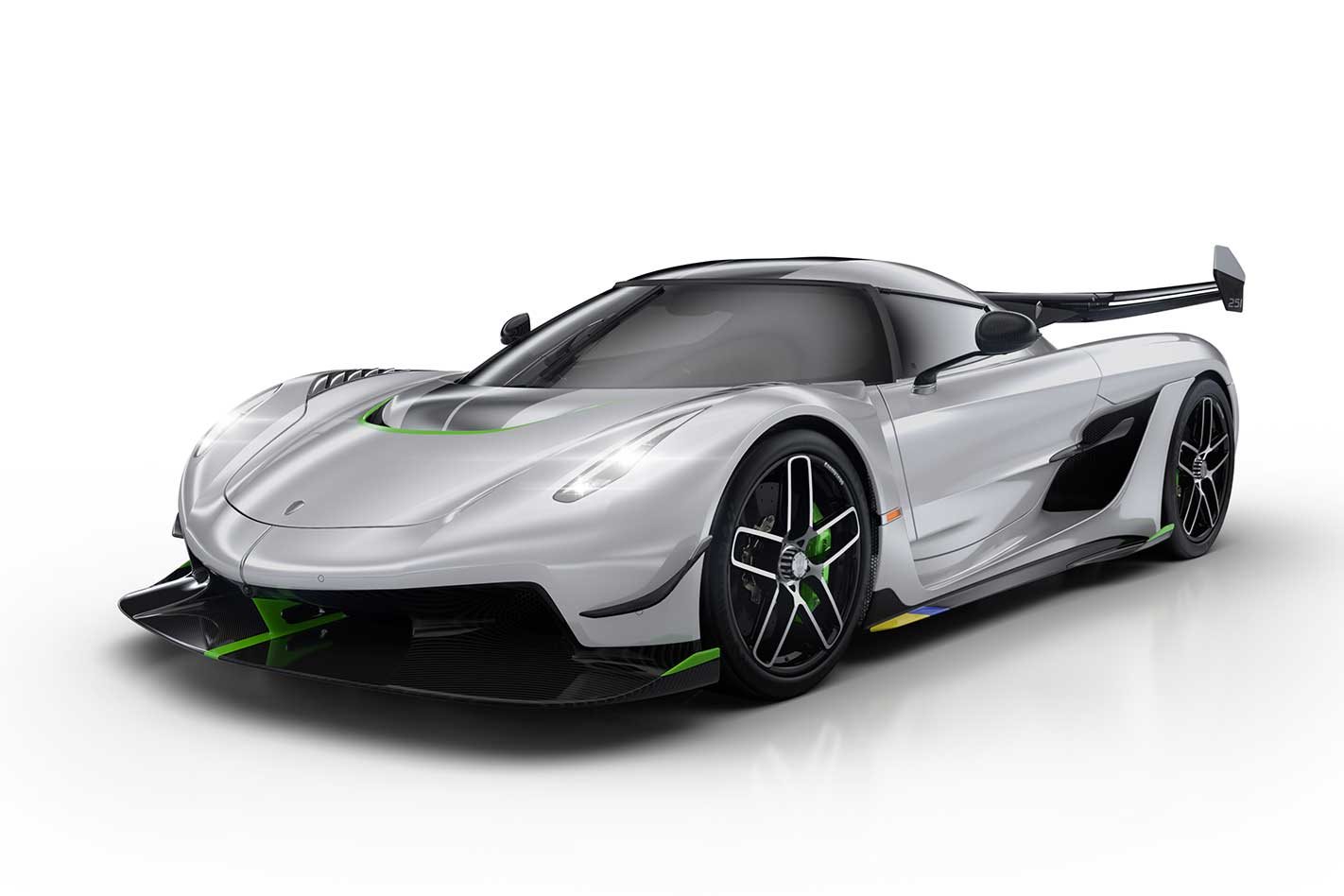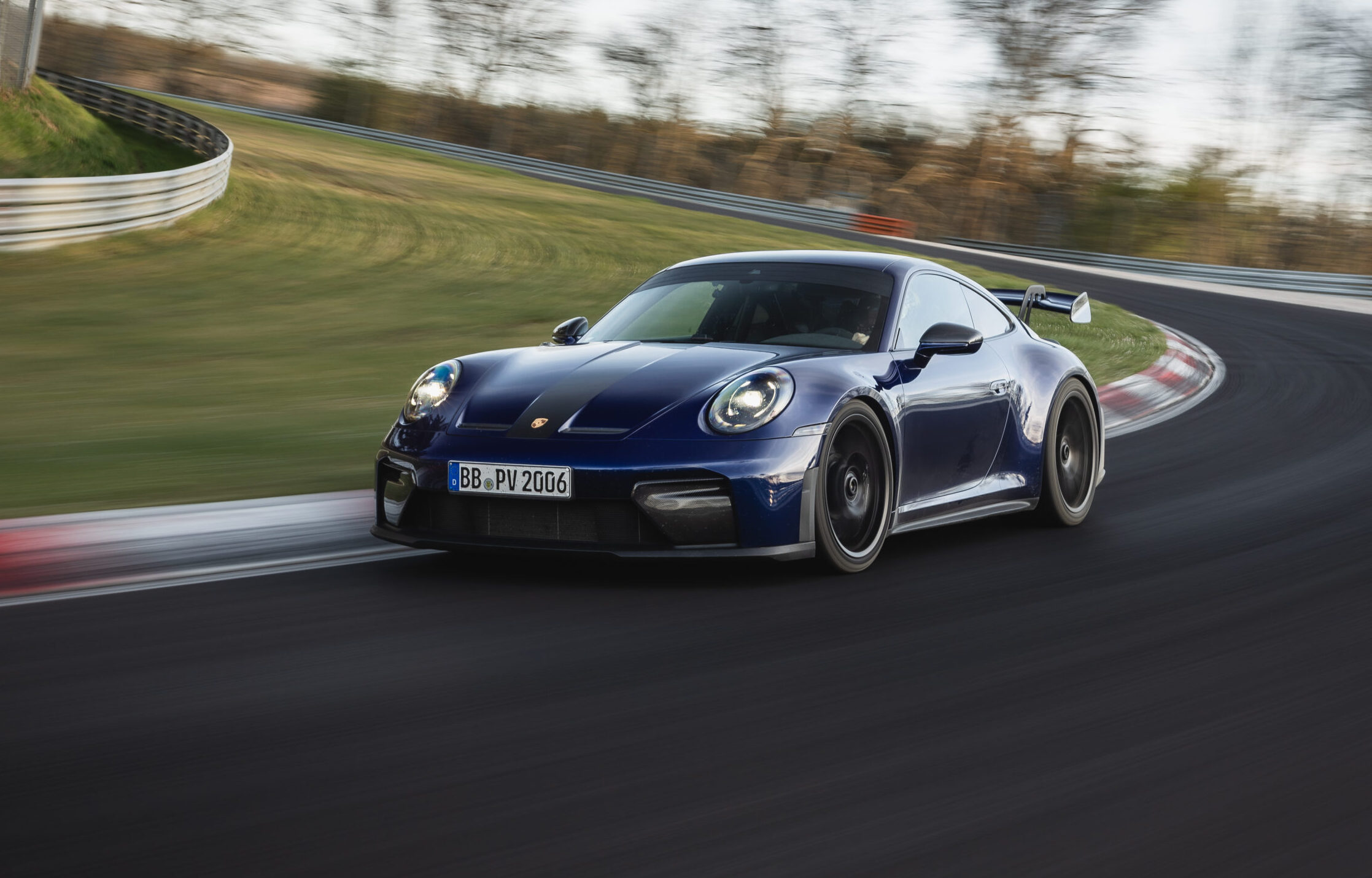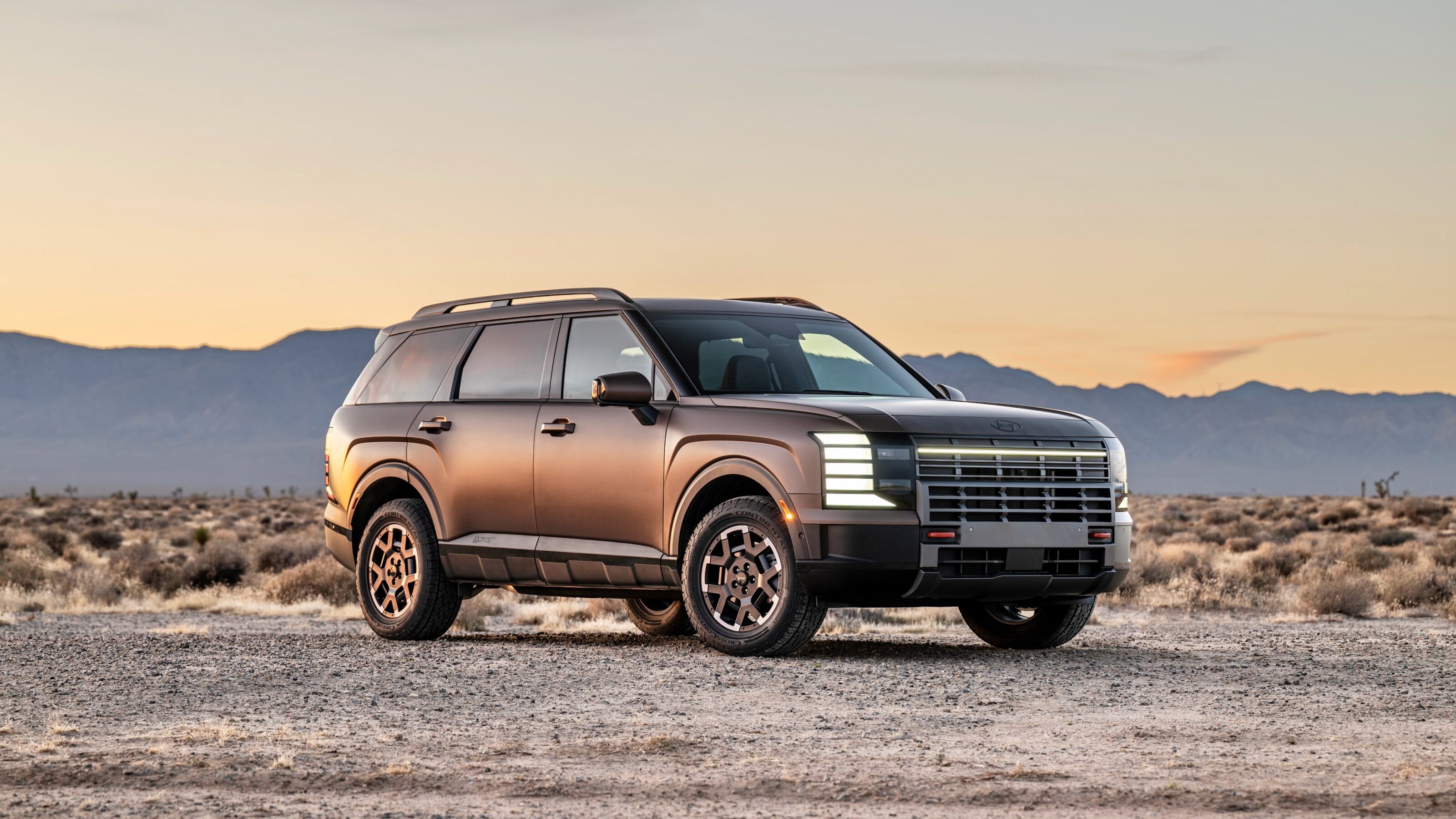The Koenigsegg Jesko wants to be the world’s fastest car.
Revealed at the 2019 Geneva Motor Show, the Jesko, named for company founder and CEO Christian Von Koenigsegg’s father, replaces the eight-year old Agera and features more power, huge amounts of downforce and cutting edge technology.
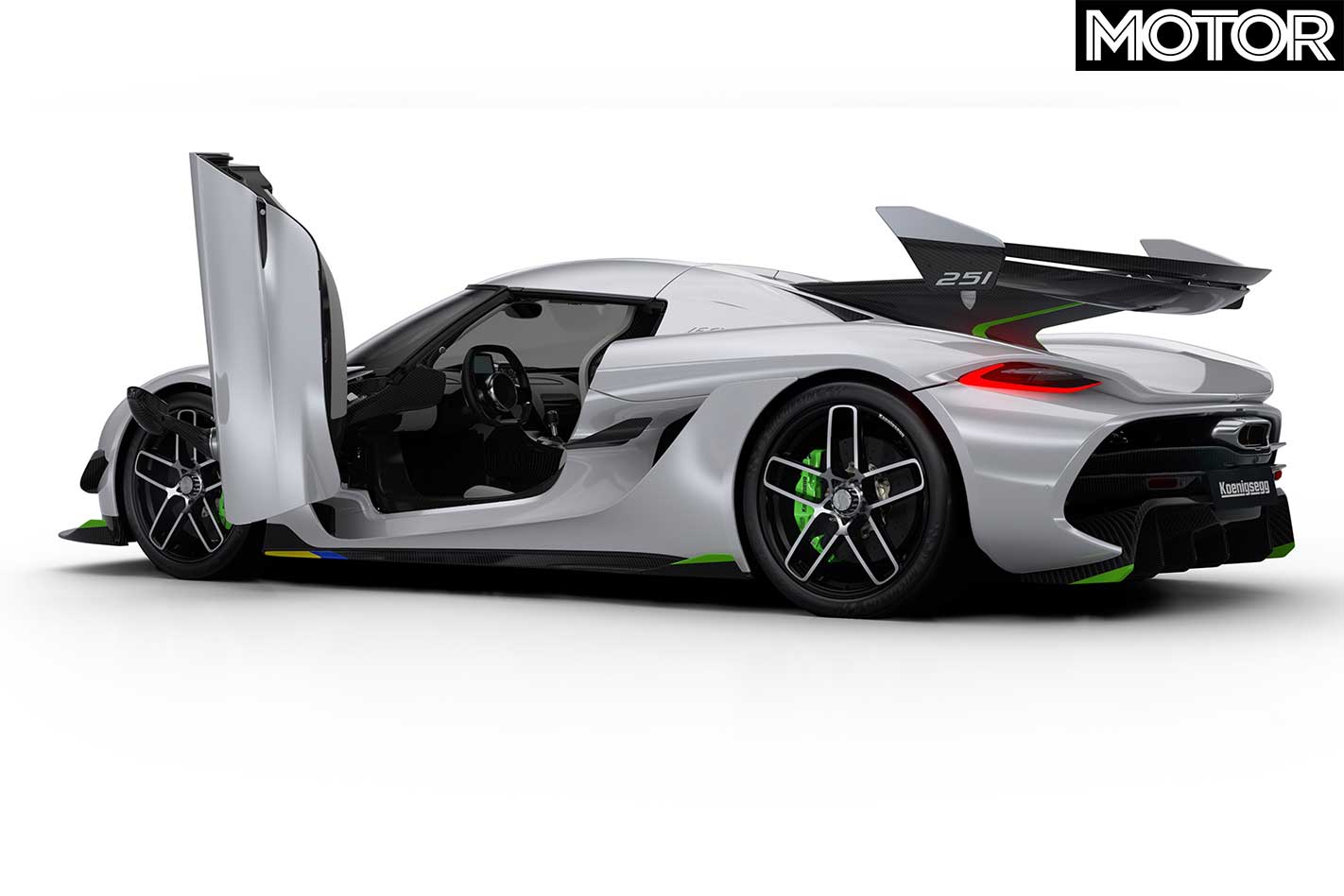
Nestled deep inside is an uprated 5.0-litre twin-turbo V8, which now produces 941kW on regular fuel and revs to 8500rpm. Use E85 and its outputs swell to 1177kW/1500Nm with more than 1000Nm available from 2700-6170rpm.
Its technical detail deserves a separate article, but its key feature is the use of an air injection system, which provides a 20bar shot of compressed air to pre-spool the enormous turbos required for such crazy outputs, effectively eliminating lag.
Meet the final Koenigsegg Agearas: Vader and Thor
This powerhouse is attached to arguably the Jesko’s headline act, an all-new nine-speed gearbox dubbed Light Speed Transmission. It effectively operates like a dual-clutch but has the ability to instantly grab the appropriate gear for maximum power rather than just the adjacent one.
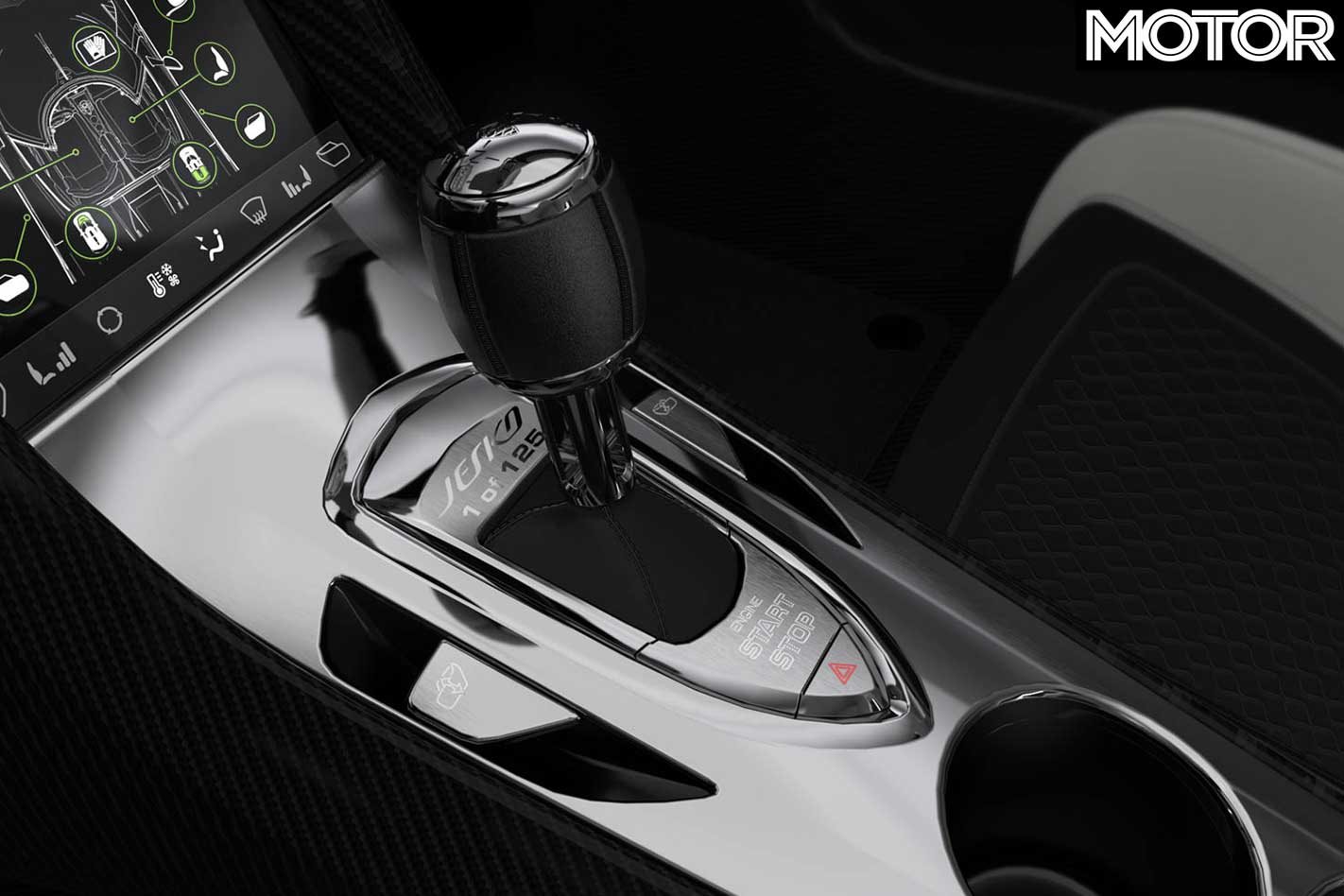
It does away with synchro rings and uses a number of multi-plate clutches. The computer then uses engine speed and road speed data to not only engage the current gear but also the one that would deliver maximum acceleration at any time.
Koenigsegg’s first Aussie dealership
To request the change there is a two-stage gearshift mechanism. Gears can be selected one at a time via the steering wheel paddles or shifter but a second stage engages Ultimate Power On Demand, instantly selecting the right gear for the biggest possible punch.
All new aerodynamics generate up to 1400kg of downforce, which is virtually equal to the Jesko’s 1420kg kerb weight. This has required a second triplex damper to be added at the front of the car. A rear triplex damper was introduced on the Agera, a third horizontal damper that reduced squat under hard acceleration. The front triplex damper maintains a stable ride height under extreme aerodynamic load while maintaining sufficient compliance to retain low-speed grip.
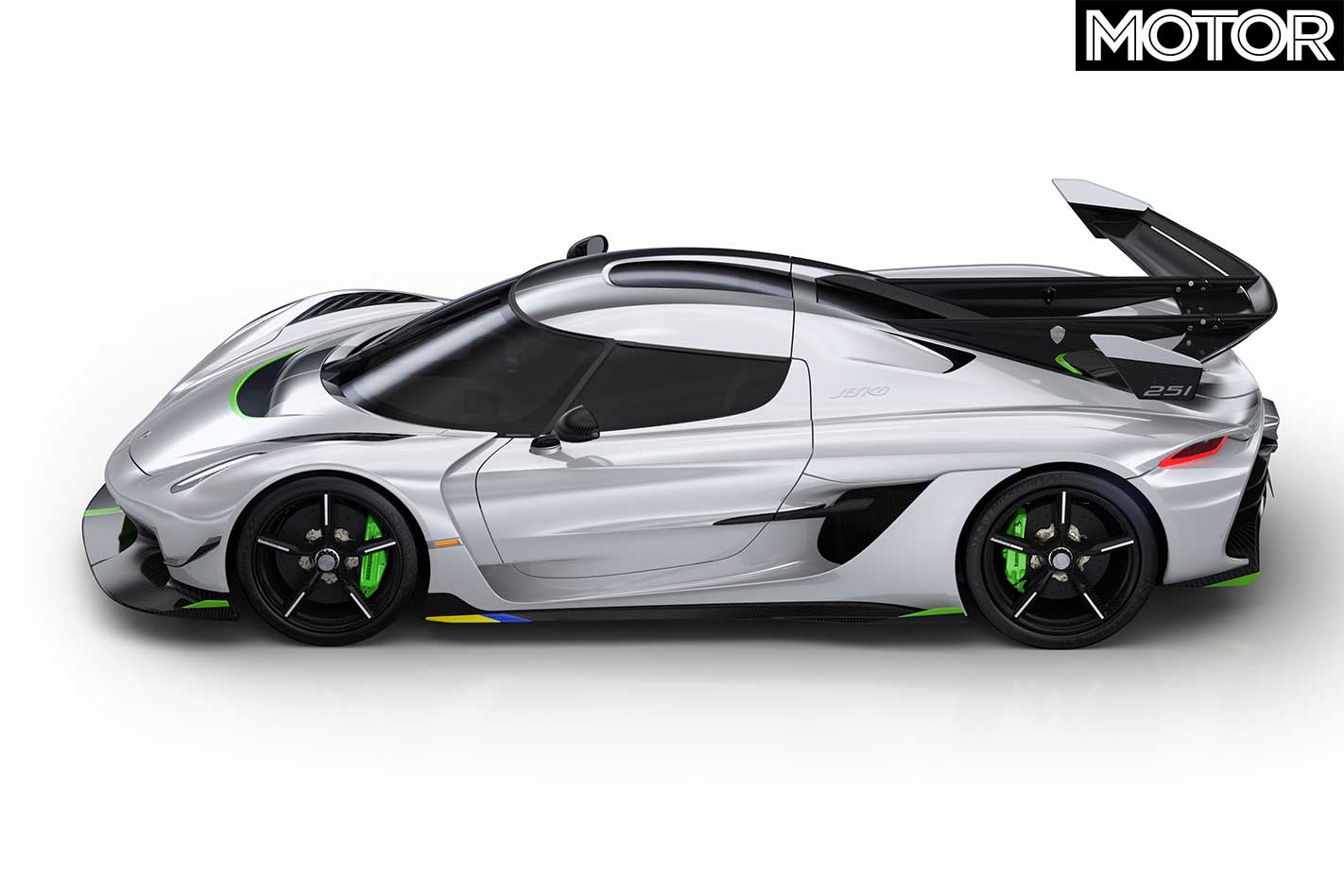
The conventional dampers are electronically-adjustable Ohlins, which control new carbon fibre wheels measuring 20 x 9.5-inches front and 21 x 12.0-inches rear wrapped with Michelin Pilot Sport Cup 2 tyres. New-generation Michelin Cup R tyres are optionally available for dry weather use.
All four wheels now steer, with the rear wheels able to steer up to three degrees in the same or opposite direction depending on vehicle speed. The carbon-aluminium monocoque is 40mm longer and 22mm taller to improve interior space and the wild dihedral doors offer improved entry and exit.
The interior itself has been redesigned and features a number of touchscreens, including a 9.0-inch central unit, a 5.0-inch ‘smart cluster’ which moves with the wheel but keeps the information level and a pair of haptic touchscreens in the steering wheel spokes that can be used to control a wide variety of vehicle functions.
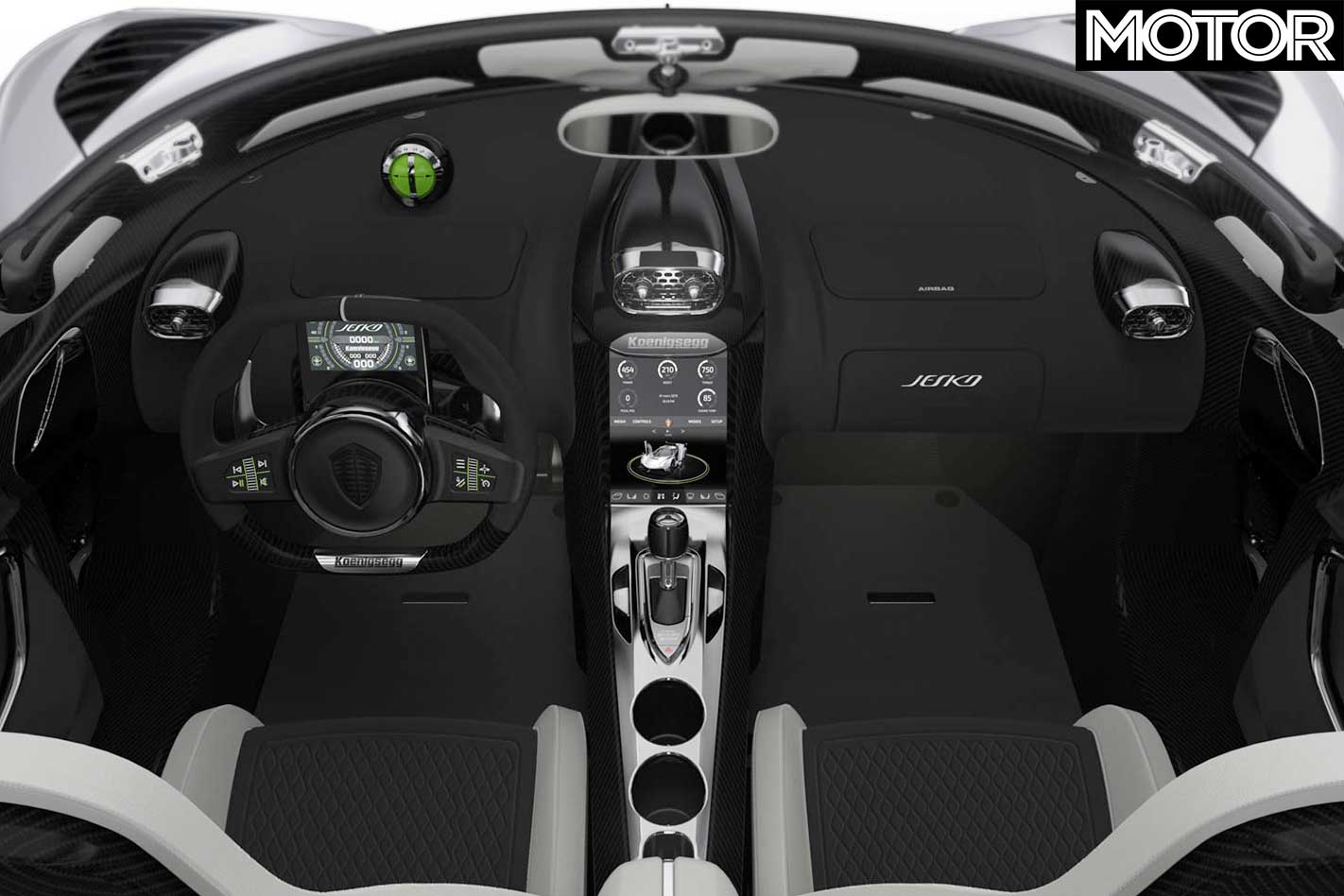
In addition, there’s wireless phone charging, bird’s eye parking cameras, climate control and miniaturised hydraulics not only operate the active aero and suspension but also allow remote operation of the doors, bonnet and boot.
It looks like Koenigsegg will continue to punch above its weight in the hypercar segment.


